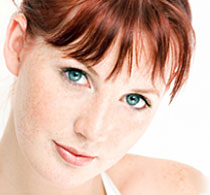 Otoplasty, or an ‘ear job’, is a surgical procedure designed to set prominent ears closer to the head in order to improve their overall shape or reduce their size. Prominent ears come in a myriad of forms, including cup ear, shell ear, bat ear and lop ear. Many patients attempt to camouflage the deformity with hairstyling.
Otoplasty, or an ‘ear job’, is a surgical procedure designed to set prominent ears closer to the head in order to improve their overall shape or reduce their size. Prominent ears come in a myriad of forms, including cup ear, shell ear, bat ear and lop ear. Many patients attempt to camouflage the deformity with hairstyling.
Ear Pinning – Otoplasty2022-11-24T16:13:40+11:00
